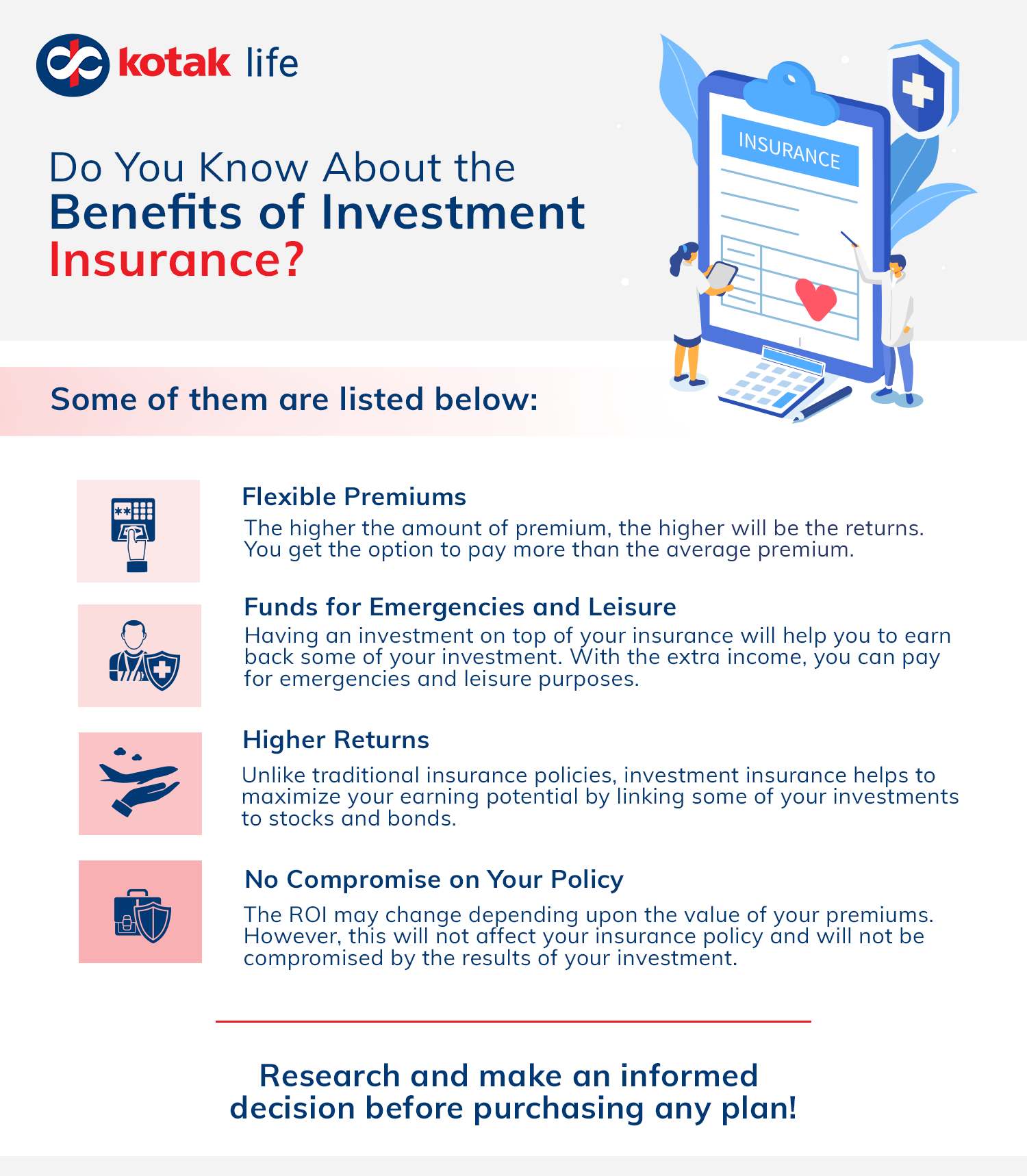Pacific Prime Can Be Fun For Anyone
The 7-Second Trick For Pacific Prime
Table of ContentsFascination About Pacific PrimePacific Prime Can Be Fun For AnyoneSome Known Factual Statements About Pacific Prime The smart Trick of Pacific Prime That Nobody is DiscussingSome Ideas on Pacific Prime You Should Know

This is because the data were collected for a duration of solid financial performance. Of the approximated 42 million individuals who were without insurance, almost about 420,000 (regarding 1 percent) were under 65 years of age, the age at which most Americans end up being eligible for Medicare; 32 million were grownups between ages 18 and 65, around 19 percent of all adults in this age; and 10 million were youngsters under 18 years old, about 13.9 percent of all kids (Mills, 2000).
These estimates of the variety of persons uninsured are created from the annual March Supplement to the Existing Population Survey (CPS), performed by the Census Bureau. Unless otherwise kept in mind, national quotes of individuals without medical insurance and proportions of the populace with different type of insurance coverage are based on the CPS, one of the most commonly made use of source of price quotes of insurance policy coverage and uninsurance rates.
The 5-Second Trick For Pacific Prime

Still, the CPS is specifically helpful due to the fact that it creates annual estimates fairly promptly, reporting the previous year's insurance protection approximates each September, and due to the fact that it is the basis for a consistent set of price quotes for more than 20 years, allowing for evaluation of fads in coverage with time. For these factors, along with the considerable use of the CPS in various other studies of insurance protection that exist in this record, we rely upon CPS price quotes, with constraints kept in mind.

The price quote of the variety of without insurance individuals increases when a population's insurance standing is tracked for a number of years. Over a three-year duration starting early in 1993, 72 million people, 29 percent of the U.S. https://trello.com/w/pacificpr1me_. population, were without protection for a minimum of one month. Within a solitary year (1994 ), 53 million individuals experienced a minimum of a month without protection (Bennefield, 1998a)
6 out next of every 10 uninsured grownups are themselves used. Although functioning does enhance the likelihood that one and one's relative will certainly have insurance coverage, it is not a warranty. Also members of households with two permanent breadwinner have nearly a one-in-ten chance of being without insurance (9.1 percent uninsured rate) (Hoffman and Pohl, 2000).
Pacific Prime Fundamentals Explained
New immigrants represent a considerable percentage of people without health and wellness insurance coverage. One evaluation has actually connected a significant section of the recent development in the dimension of the united state without insurance populace to immigrants who arrived in the nation in between 1994 and 1998 (Camarota and Edwards, 2000). Current immigrants (those who came to the United States within the past four years) do have a high price of being without insurance (46 percent), however they and their children account for just 6 percent of those without insurance policy nationally (Holahan et al., 2001).
The connection in between medical insurance and access to care is well developed, as documented later in this phase. Although the relationship in between health insurance and wellness results is neither direct neither basic, a substantial clinical and wellness solutions research study literature links wellness insurance policy protection to better access to care, far better high quality, and boosted personal and population wellness condition.
Levels of evaluation for examining the results of uninsurance. This discussion of medical insurance coverage concentrates mostly on the united state populace under age 65 since virtually all Americans 65 and older have Medicare or other public coverage. It focuses especially on those without any type of wellness insurance coverage for any size of time.
Unknown Facts About Pacific Prime
The problems encountered by the underinsured are in some respects comparable to those encountered by the without insurance, although they are usually less extreme. Health insurance, however, is neither necessary nor adequate to acquire access to medical solutions. The independent and straight effect of health and wellness insurance policy coverage on access to wellness solutions is well developed.
Others will obtain the healthcare they need also without health insurance, by paying for it out of pocket or seeking it from carriers who supply treatment totally free or at highly subsidized rates. For still others, health insurance coverage alone does not make sure receipt of treatment as a result of other nonfinancial barriers, such as an absence of health care companies in their area, minimal access to transportation, illiteracy, or etymological and cultural differences.
6 Easy Facts About Pacific Prime Explained
Formal study about without insurance populaces in the USA dates to the late 1920s and early 1930s when the Committee on the Cost of Healthcare created a collection of reports concerning financing doctor workplace visits and hospitalizations. This problem ended up being prominent as the varieties of medically indigent climbed during the Great Clinical depression.